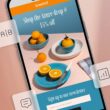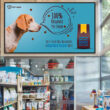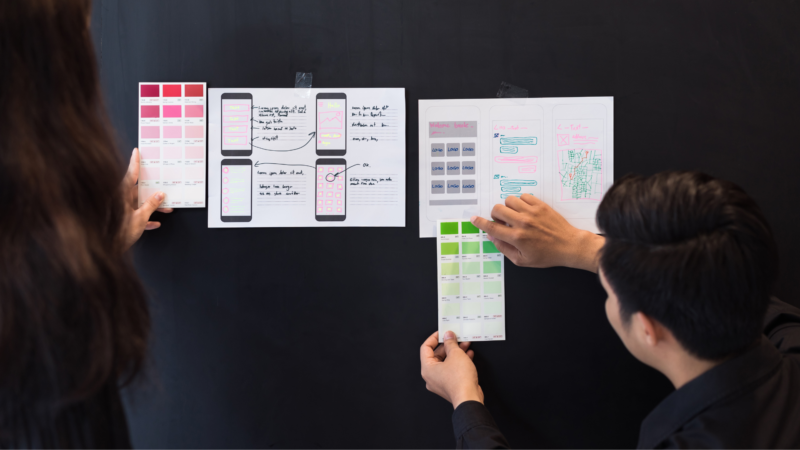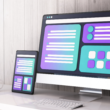by Rouba Akl, Product Designer at eddress

UX? UI? Those two are the same thing, right? Not exactly.
Though they are often interchanged, user experience (UX) and user interface (UI) are two separate entities that need to be taken into consideration when designing your online presence. If you want customers to have an enjoyable and seamless experience with your brand, then it’s essential that you take UX and UI into account in your design process. What are the different elements that make up UX UI? Here’s how they differ and how we, at eddress, combine them to create a better digital experience for your users and customers.
What is Interaction Design or UX UI?
UX UI is both UX and UI. It is a combination of design principles and tools used to engage a user in an interactive way with a product or service. It includes everything from conversation management to enhancing navigation structures.
Nielson Norman Group, one of the world leaders in research-based UX, defines user experience as a design process that encompasses all aspects of the end-users interaction with a business, its products, and services.
On the other hand, the user interface focuses on the access points where your customers interact with the design.
UI deals with what we see, while UX deals with how we interact with that view. How do you merge both worlds? Let’s look at why UX UI became such an important part of the design – as it reflects and affects the shopping behaviors of your customers.
The difference between user experience and user interface
The difference between UX and UI is one of perspective. The UX team tends to look at what they’re building as a whole—the customer experience, including all touchpoints from beginning to end. This includes both software experience (UI) and consumer marketing and sales.
At eddress, our UX and UI teams work together within the same department to ensure the creation of a design that meets your business goals, your tech requirements, and your vision while delivering an engaging customer experience.
The role of UX UI and why it’s the pinnacle of customer relationships
UX UI is crucial to customer relationships because it creates a bridge between your business and your customers from a shopping and marketing perspective.
When customers have a positive relationship with your brand, they’re more likely to trust it and buy from it. And they may even share their positive experiences with others through word-of-mouth marketing.
How does eddress apply UX UI principles?
The UX/UI department is the melting pot of eddress where ideas, client requests, technologies, and visions come together. Our products are the result of understanding different user journeys across a variety of cultures and shopping behaviors and translating them into valuable digital experiences. It’s also the fruit of constant back and forth and established yet always-growing best practices discovered over the years within the company.
The UX UI department undergoes constant improvement, discovery, and adaptation. We focus on developing clients’ and eddress products throughout the year thanks to set goals and clear objectives that mix together tech, sales, and R&D requirements. The department builds the skills to understand the ins and outs of the product and what it takes to achieve a better version of it.
A typical journey through the UX UI department for our eddress clients usually involves:
- Understanding your business, goals, and identity
- Introducing them to our existing products and features, as well as our design system
- Creating a high-fidelity prototype that matches your requirements and brand identity
- Engaging in discussions during feedback sessions to perfect and obtain desired results
- Aligning with developers to ensure feasibility, maximum exploitation of our technologies, and best implementation
- A soft release
- An official release on App Stores
UX UI trends shaping future user experience
User experience (UX) design and user interface (UI) design have been around for a long time, but these trends continue to evolve. Users expect new and improved services—and because of AI and machine learning, companies are able to provide what they need. In fact, many experts even predict that AI will completely replace UX designers in the future!
Some trends to monitor:
- Personalized content becomes a significant part of custom UX design
- Scalable machine-learning-powered personalized content to support personalization across many aspects of the customer experience at the same time. So it’s not just one element that is tailored to a specific user; every point of the journey is adjusted simultaneously to the interests and demographics of each customer, including product recommendations, special offers, etc.
- UX UI designs can interact with voice assistants, such as helping customers pass an order via their smart speakers while they are busy doing something else, such as Alexa’s role in translating a voice command into an Amazon order.
In conclusion, we hope this brief overview of UX UI design can help you understand how we, at eddress, approach your project. Our team is committed to empowering your business through a digital experience-enhancing design.







